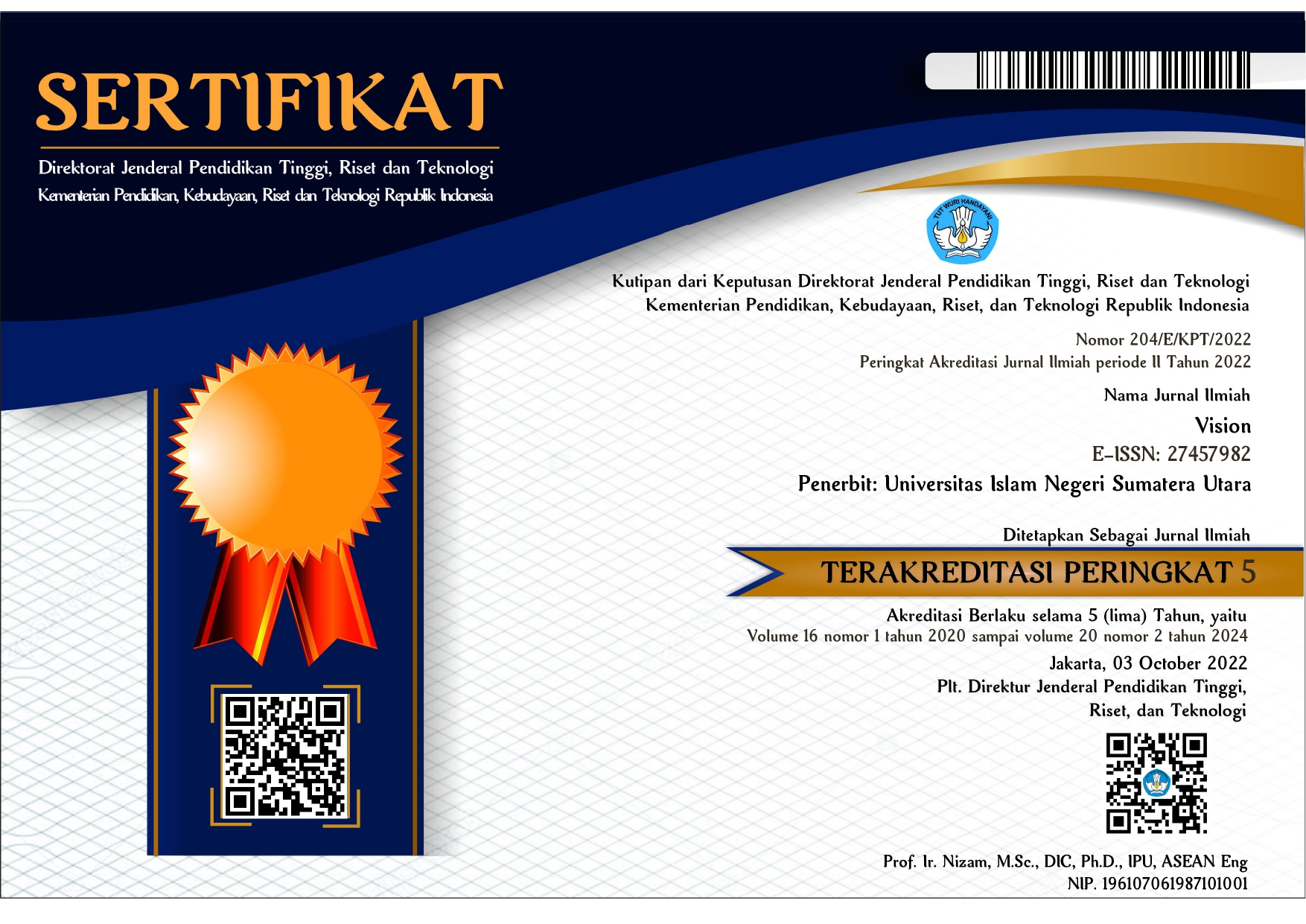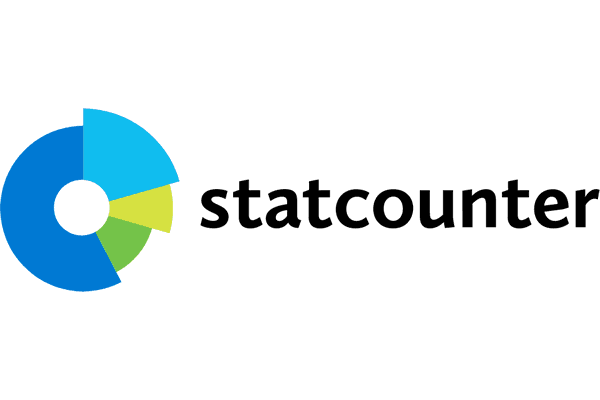THE UTILIZATION OF ANIMATION VIDEO IN NARRATIVE TEXT WRITING CLASS: AN EXPLORATION OF STUDENTS’ PERCEPTIONS
Abstract
The utilization of animation video as a strategy based on CALL (Computer-Assisted Language Learning) approach has been implemented by English language teachers, practitioners, and facilitators due to its enjoyable and meaningful impacts on students’ learning. This present study aimed to describe the students’ perceptions on utilizing animation video in English writing class focusing on narrative text. Qualitative research approach, particularly a case study design was employed to conduct this study. To collect the data, the researcher used questionnaire, interview, and documentation which were analyzed with descriptive statistics and Miles and Huberman theory. Twenty-eight students were recruited as the participants in this study, however only three were invited to the interview session which was conducted to deeper explore their perceptions of the animation video utilization. The results revealed that there were three main findings which tended to be positive perceptions, namely: 1) enthusiasm in the use of animation video as a learning media, 2) better comprehension of the story which helped them to portray the concept easily, to acquire more vocabulary, to organize the generic structure, and to convey the moral lesson, and 3) students felt motivated to write narrative text properly. From those results, this study concludes that the utilization of animation video in narrative text writing class has given great contributions for the students’ learning. This study suggests that the use of animation video be practiced in English language teaching learning process, particularly in the teaching and learning of narrative text writing.
Full Text:
PDFReferences
Ahmadi, D., & Reza, M. (2018). The use of technology in English language learning: A literature review. International Journal of Research in English Education, 3(2), 115-125.
Alkadi, A. (2018). A review of technology integration in ELT: From CALL to MALL. Language Learning and Educational Research, 1(1), 1-12.
Ariyanti. (2016). The teaching of EFL writing in Indonesia. Journal of Dinamika Ilmu, 16(2), 263-277.
Beatty, K. (2003). Teaching and researching computer-assisted language learning. New York: Longman.
Depdiknas. (2013). Standar kompentensi kurikulum k13. Jakarta: Departemen Pendidikan Nasional.
Dirgeyasa, Wy. I. (2014). Academic writing: A genre-based approach. Medan: Unimed Press.
Fauzi, M. I. (2019). Students’ perception on using students’ worksheet (lks) in learning English. The State Islamic Institute of Surakarta (thesis).
Fithriani, R. (2018). Discrimination behind Nest and Nnest dichotomy in ELT professionalism. KnE Social Science & Humanities, 3(4), 741-755.
Gündüz, N. (2005). Computer assisted language learning. Journal of Language and Linguistic Studies, 1(2), 193-214.
Harmer, J. (2004). How to teach writing. London: Pearson Education Limited.
Hastrianda, H. R. I. (2018). Students’ perceptions on the use of videos in learning narrative text. University of Sanata Dharma of Yogyakarta (thesis).
Klarer, M. (2004). An introduction to literacy studies. New York: Routledge. Taylor and Francis Group.
Klimova, B. (2012). The importance of writing. Indian Journal of Research, 2(1), 9-11.
Levy, M. (1997). CALL: Context and conceptualization. Oxford: Oxford University Press.
Manser, H. M. (2000). Oxford learner’ pocket dictionary. New York: Oxford University Press.
Nishanthi, R. (2018). The importance of learning English in today world. International Journal of Trend in Scientific Research and Development, 3(1), 871-874.
Nunan, D. (2005). Practical english language teaching (1st edition). New York: McGraw Hill.
DOI: http://dx.doi.org/10.30829/vis.v17i2.1154
Refbacks
- There are currently no refbacks.
Copyright (c) 2021 VISION
















